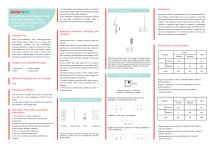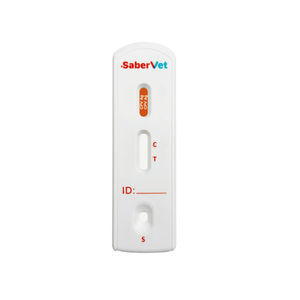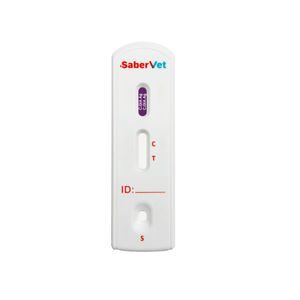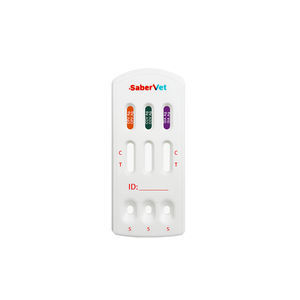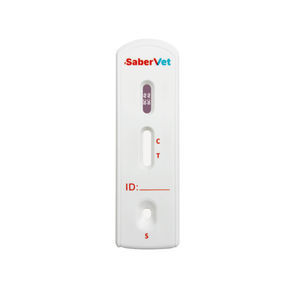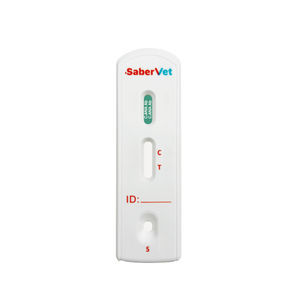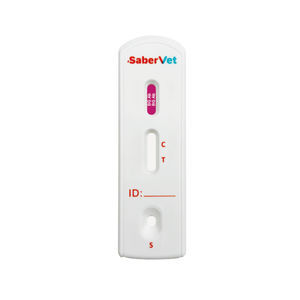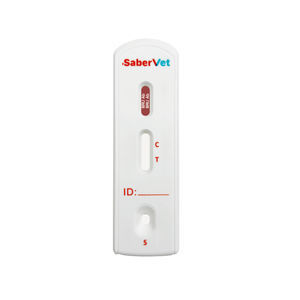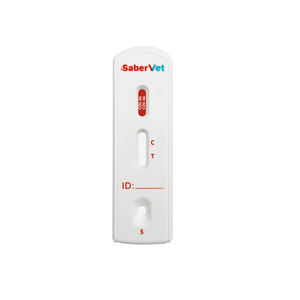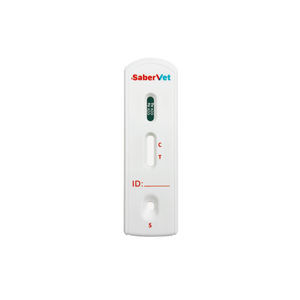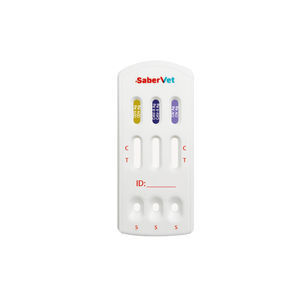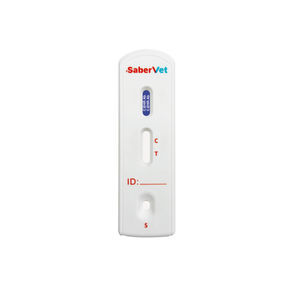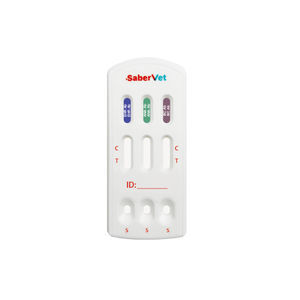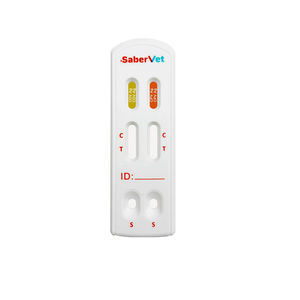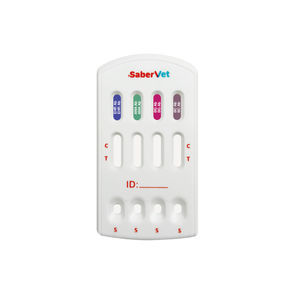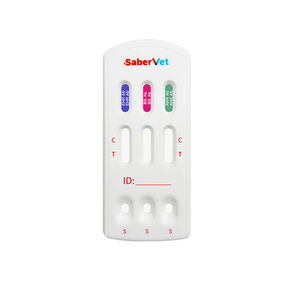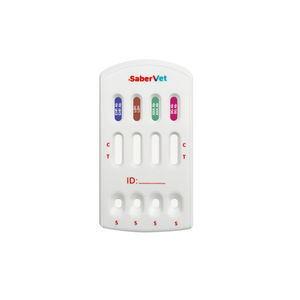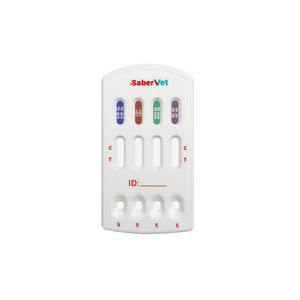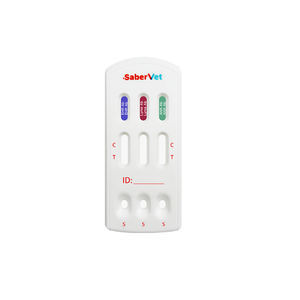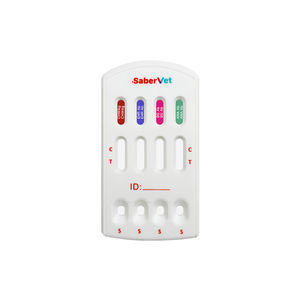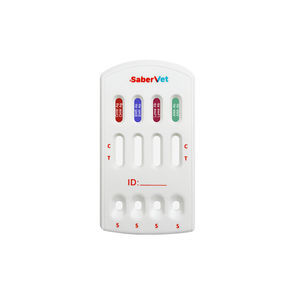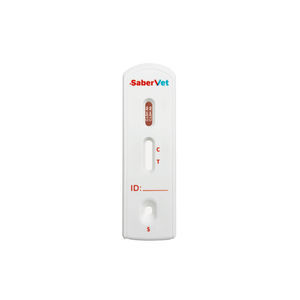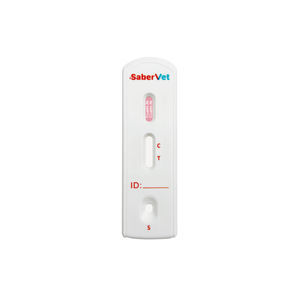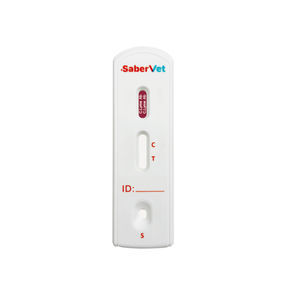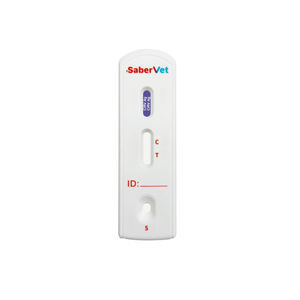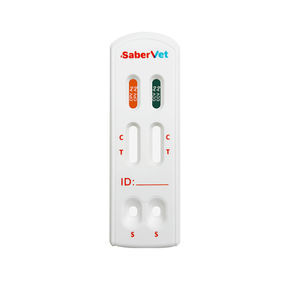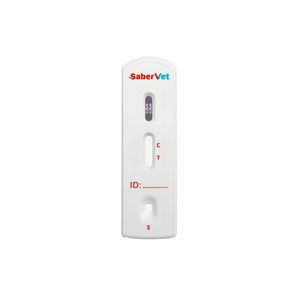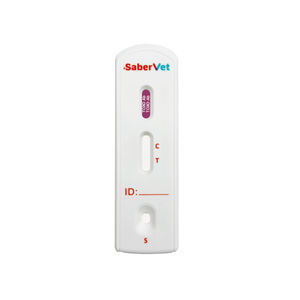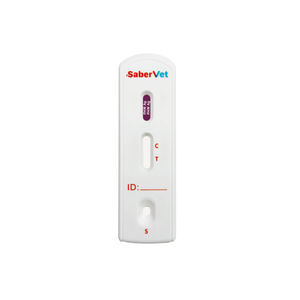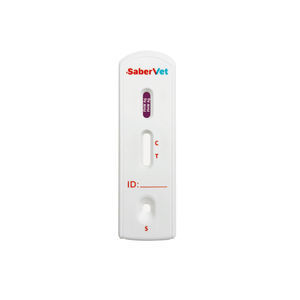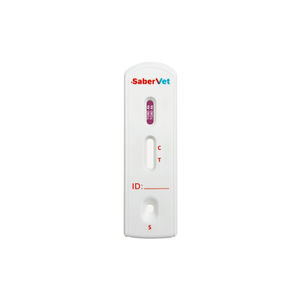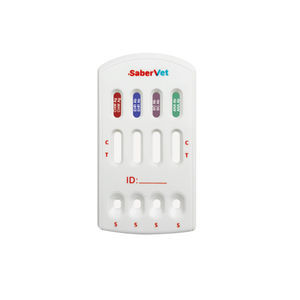
- Laboratory
- Laboratory medicine
- Rapid infectious disease test
- Hangzhou Antigenne Technology Co. Ltd
- Company
- Products
- Catalogs
- News & Trends
- Exhibitions
Rapid infectious disease test Sabervetveterinaryfor caninesEhrlichia
Add to favorites
Compare this product
fo_shop_gate_exact_title
Characteristics
- Applications
- for infectious diseases
- Application field
- veterinary
- Patient type
- for canines
- Micro-organism
- Ehrlichia, Babesia
- Sample type
- serum, plasma, whole blood
- Analysis mode
- immunoassay, lateral flow
- Format
- cassette
Description
SaberVet Canine Ehrlichia/Anaplasma Antibody Rapid Test offered by Antigenne is a lateral flow immunoassay intended for the qualitative detection of specific antibody from Canine Ehrlichia/Anaplasma (C.EHR/C.ANA ) in canine whole blood , serum or plasma samples . The test is useful for determination of C.EHR and C.ANA infection.
Description
Canine Ehrlichiosis, Babesia gilbertii and Anaplasma canis are three common tick-borne diseases in dogs.
Canine Ehrlichiosis, Babesia gilbertii and Canine Anaplasma in Common
Transmission route:
All are transmitted through tick bites.
Clinical symptoms:
All may cause systemic symptoms such as fever, lethargy, loss of appetite and weight loss.
Both may cause anemia and enlarged lymph nodes.
Geographic Distribution:
Globally distributed, especially common in areas where ticks are active.
Differences between Ehrlichia canis, Babesia gilbertii and Anaplasma canis
Pathogen
Canine Ehrlichiosis: caused by Ehrlichia canis.
Babesia gibsoni: caused by Babesia gibsoni.
Canine Anaplasma disease: caused by Anaplasma.
Specific symptoms
Canine Ehrlichiosis: Characteristic symptoms include nosebleeds, bleeding tendencies, and eye problems (e.g., uveitis).
Babesia gilberti: the main signs are severe anemia, jaundice, renal insufficiency and splenomegaly.
Canine Anaplasma disease: similar to Babesia gilbertii but usually with milder symptoms including acute anemia and jaundice.
Diagnostic approach
Canine ehrlichia test
Blood smear test: blood smears can be observed for Ehrlichia.
PCR test: detects Ehrlichia DNA with high sensitivity and specificity.
Serologic testing: detects anti-Ehrlichia antibodies.
Exhibitions
Meet this supplier at the following exhibition(s):
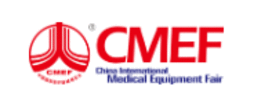
Other Hangzhou Antigenne Technology Co. Ltd products
Canine
Related Searches
- Blood rapid diagnostic test
- Rapid lateral flow test
- Immunoassay rapid diagnostic test
- Cassette rapid diagnostic test
- Virus rapid diagnostic test
- Serum rapid diagnostic test
- Plasma rapid diagnostic test
- Infectious disease rapid diagnostic test
- Whole blood rapid diagnostic test
- Rapid respiratory infection test
- Urine rapid screening test
- Bacteria rapid diagnostic test
- Rapid feces test
- Clinical rapid diagnostic test
- Nasal rapid diagnostic test
- Obstetrical/gynecological rapid test
- Rapid oral flu test
- Dog rapid test
- Coronavirus rapid diagnostic test
- Laboratory rapid diagnostic test
*Prices are pre-tax. They exclude delivery charges and customs duties and do not include additional charges for installation or activation options. Prices are indicative only and may vary by country, with changes to the cost of raw materials and exchange rates.


